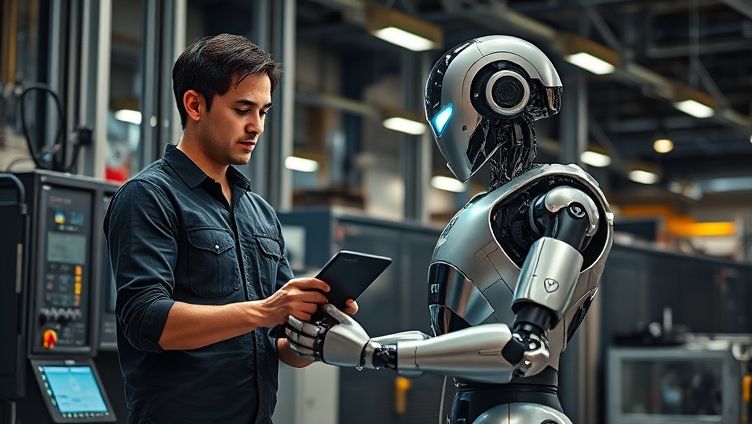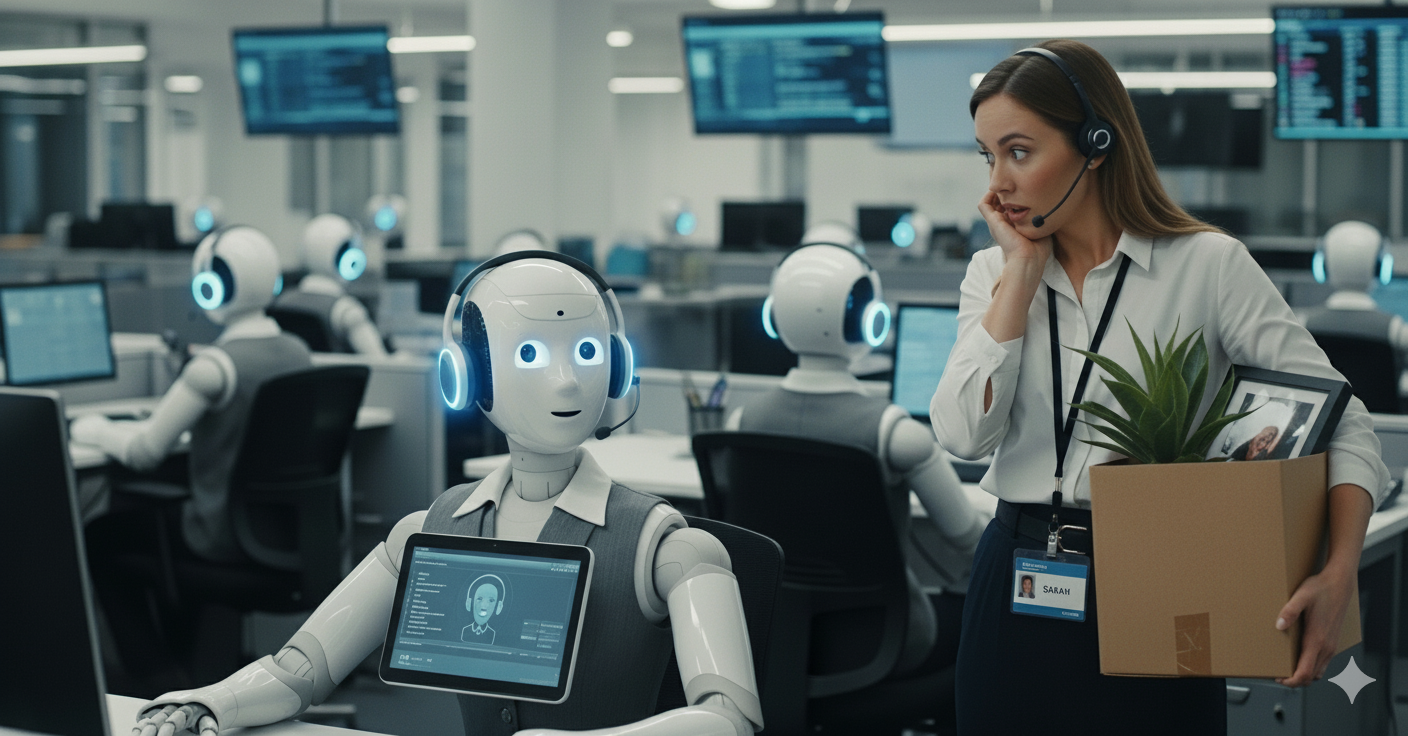AI workforce impact is no longer a distant possibility—it’s already reshaping how we work today. A new Stanford study reveals a startling statistic: entry-level workers aged 22–25 have seen a 16% drop in employment in key sectors such as customer service and software development between late 2022 and mid-2025. While older, more experienced employees remain relatively unaffected, the findings highlight an urgent challenge: AI is eliminating the very jobs that traditionally serve as stepping-stones for young professionals.
The Stanford Findings: AI Workforce Impact on Young Professionals
The Stanford research, using payroll data from ADP, uncovered a generational divide in AI’s workforce impact. Younger workers—often hired into roles with repetitive or easily automated tasks—are the first to feel the consequences of automation. Yet, wages across the board have not significantly fallen. This suggests that while AI is replacing certain roles, it is simultaneously reshaping existing jobs rather than triggering broad pay suppression. The implications are profound: if entry-level pathways dry up, how will future workers gain the experience necessary to thrive in an AI-driven economy? Read the original Stanford research summary here.
AI Workforce Impact Through Layoffs and Restructuring
The displacement of younger workers is not isolated. Around the world, companies are announcing AI-led layoffs as part of restructuring strategies. From the U.S. to India, organizations are pivoting toward automation to cut costs and increase efficiency. These moves indicate a permanent shift in how businesses are structured. Roles are not just being eliminated—they’re being redefined. New positions, such as AI supervisors or prompt engineers, may emerge, but the immediate reality for many workers is uncertainty. For companies, however, these layoffs are less about experimentation and more about adopting AI as a long-term operational strategy. The AI workforce impact is therefore visible both at the individual and organizational level.
Nvidia’s Jetson Thor: AI Workforce Impact Through Robotics
The future of automation isn’t just software—it’s physical too. Nvidia recently introduced Jetson Thor, its most powerful AI compute module yet, boasting 7.5× the performance of its predecessor. This breakthrough unlocks the potential for humanoid and industrial robots to take on far more complex, autonomous tasks. For industries like logistics, manufacturing, and even healthcare, the impact is significant. Robots powered by such hardware could handle tasks once reserved for human workers, raising questions about the scale and speed of job displacement. This highlights yet another dimension of the AI workforce impact, extending beyond desk jobs into physical labor markets. Read more on Nvidia’s Jetson Thor.
Adapting to the AI Workforce Impact: What’s Next?
As AI accelerates, workers—especially those just entering the job market—will need more than technical skills to survive. Reskilling programs and policies encouraging human-AI collaboration will become critical. Governments, educators, and businesses must rethink training pipelines to ensure younger generations are not locked out of meaningful careers. On an individual level, embracing adaptability, creative problem-solving, and AI-augmented workflows may be the difference between thriving and being left behind. Companies that invest in retraining will also build resilience and avoid reputational risks tied to mass layoffs. The AI workforce impact can be positive if organizations commit to long-term human-AI synergy rather than short-term cost cutting.
Conclusion
AI isn’t just eliminating roles—it’s rewriting the rules of work. The displacement of entry-level workers signals a profound challenge: without accessible starting points, future generations risk exclusion from career growth altogether. The path forward lies in balancing efficiency with inclusion, ensuring AI empowers rather than erases opportunities. In an AI-driven economy, survival will depend not on resisting automation, but on learning to adapt alongside it. The AI workforce impact will ultimately depend on how society manages this balance.




